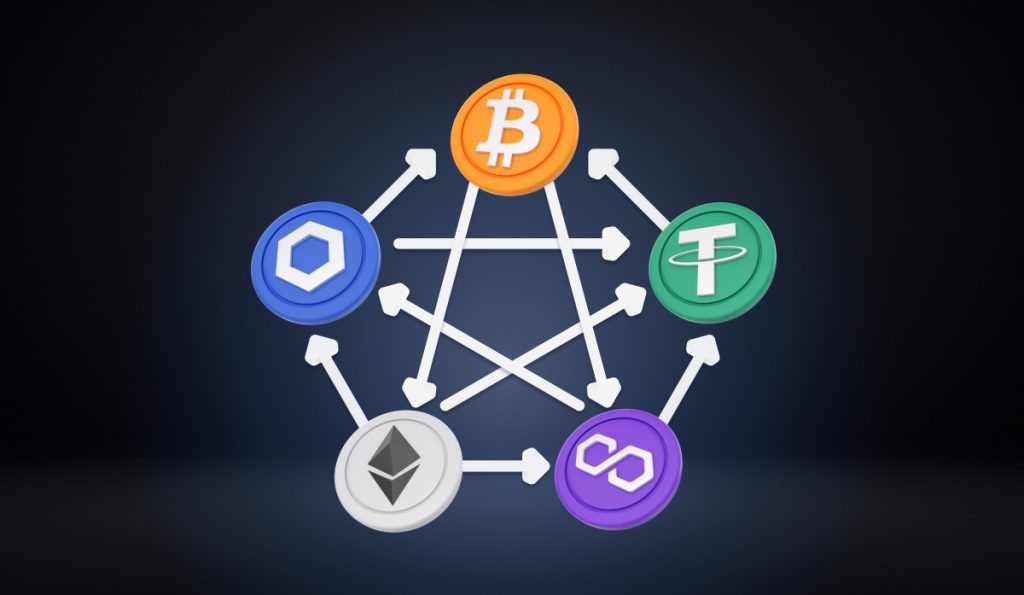A Comprehensive Guide to Developing a Decentralized Cryptocurrency Exchange

The development of decentralized cryptocurrency exchanges has become a significant trend in the digital asset space. Unlike traditional exchanges, these platforms leverage blockchain technology to offer a more secure and transparent trading environment. This guide explores the key aspects of developing a decentralized exchange (DEX) and provides insights into creating a successful platform.
Understanding Decentralized Exchanges
Decentralized exchanges operate without a central authority, enabling peer-to-peer trading directly between users. This model offers several advantages, including enhanced security and reduced risk of hacking.
Users maintain control over their funds, as transactions occur directly on the blockchain, eliminating the need for intermediaries. This decentralized approach can appeal to those seeking more autonomy in their crypto investments.
Key Components of a Decentralized Exchange
- Architecture and Design
The architecture of a DEX is crucial for its functionality. The system should support decentralized order matching and settlement. Unlike centralized exchanges, which manage orders through a central server, DEX platforms use smart contracts to facilitate trades.
- Smart Contracts
Smart contracts are the backbone of decentralized exchanges. These self-executing contracts automate the trading process and enforce rules without intermediaries. They handle everything from order matching to trade settlement.
- User Interface
A user-friendly interface is critical for any exchange. For a DEX, this means providing an intuitive and accessible platform for users. The interface should include features such as real-time trading data, easy order placement, and seamless integration with blockchain networks.
- Security Measures
Security is a top priority for decentralized exchanges. Since users retain control of their funds, implementing robust security measures is essential. This includes encryption for communication, secure smart contract coding, and protection against potential attacks.
Integrating with Blockchain Networks
A decentralized exchange must integrate seamlessly with blockchain networks. This integration allows for the execution of smart contracts and the handling of transactions. Supporting multiple blockchain networks is essential to offering a broader range of trading options. Ensuring compatibility with popular blockchains can enhance the exchange’s usability and appeal.
Legal and Regulatory Considerations
Navigating the legal and regulatory landscape is vital for any exchange. Decentralized exchanges must comply with local and international regulations to operate legally. This includes adhering to anti-money laundering (AML) and know-your-customer (KYC) requirements. Implementing procedures for user verification and transaction monitoring can help meet regulatory standards and build trust with users.
Enhancing Liquidity
Liquidity is a critical factor for the success of any exchange. For decentralized exchanges, liquidity can be enhanced through various methods, such as liquidity pools and incentivized trading. Providing incentives for users to contribute to liquidity pools can attract more participants and improve trading volumes. This approach can help ensure that the exchange remains functional and competitive.
Market Adoption and Growth
Achieving market adoption involves effective marketing and community engagement. Promoting the DEX’s unique features and advantages can attract users and drive growth. Building a strong community around the platform fosters trust and encourages participation. Engaging with users through social media, forums, and other channels can help raise awareness and build a loyal user base.
Conclusion
Developing a decentralized cryptocurrency exchange involves several key components, including a well-designed architecture, secure smart contracts and a user-friendly interface. Integration with blockchain networks and adherence to regulatory requirements are also crucial for success.
Enhancing liquidity and driving market adoption through effective marketing strategies can further contribute to the platform’s growth. By understanding and addressing these aspects, developers can create a successful decentralized exchange that meets the needs of users and stands out in the competitive cryptocurrency market.







